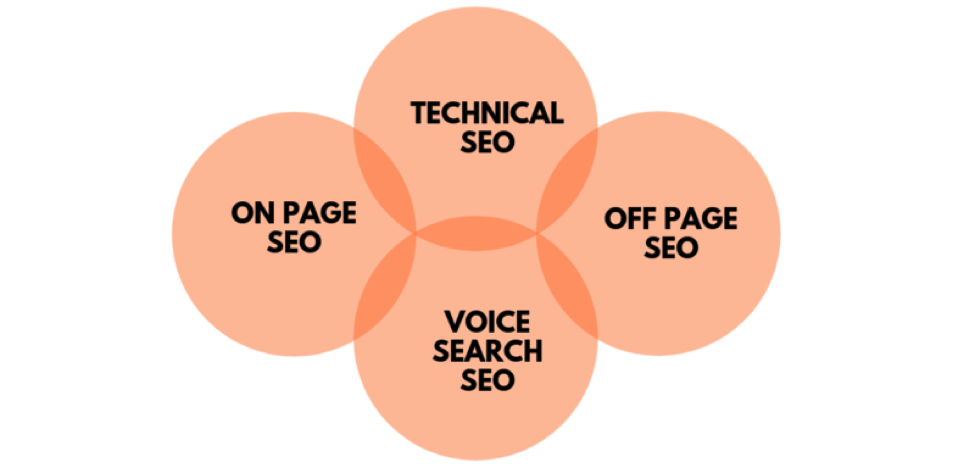Technical search engine optimization (SEO) is now widely considered to be one of the most important steps in the entire SEO process. If there are issues with your technical SEO, odds are that your regular SEO efforts won’t be able to generate the desired results. This is why it is absolutely crucial to understand what technical SEO all is about and how to get it right.
Let us check out the main aspects of technical SEO, and the standard best practices to follow in order to ensure optimal results for your search engine optimization campaign:

In short, Google has its own set of requirements and you will have to fulfill them, if you want to make it to the top ten of the search engine list.
However, it is important to remember that these requirements are constantly changing. Google updates its algorithms on a regular basis, and they are becoming increasingly more complex. This is a continuous process and it is designed to ensure that the users are guided to the information they require as soon as possible.
Technical SEO practices also have to be optimized along with the new set of guidelines, rules, and regulations. This is the only way to ensure that your SEO results bear fruit and you always end up in the coveted top ten searches of every popular search engine.
In fact, it is called technical SEO precisely because it does not involve the actual content of the site. It also doesn’t have anything to do with the ongoing marketing and promotion activities of the website.
On the contrary, the core purpose of technical SEO is to try to optimize the overall infrastructure of a website so that you can reap the full benefits of general SEO efforts. Let us take a quick look at some of the most important technical SEO best practices:
Specify Your Domain
Before you set up your e-commerce site or blog, it is imperative that you specify your preferred domain. This way, you will be able to instruct the search engines with regard to whichever variation of the preferred domain you want to use for the lifetime of your website.
A website is accessible both with www and also without www in front of its domain name. For example, if your domain is teacup.com, it is possible to access it by typing both http://www.teacup.com and also http://teacup.com (that is, without the www).
While a human user won’t have any issues with it, it is going to be confusing for search engines since they will consider both of them to be two entirely different websites.
It will divide the SEO activities for your site because of duplicate content problems and indexing issues, thus leading to a loss of page rank.
It is quite easy to solve this problem. All you have to do is to set your preferred domain and simply inform Google about your choice. This way, it will also always pick your site, when anyone wants information regarding your products and services.
Here are some ways in which you can boost your technical SEO:
Optimize Your Robots.txt Files
Once you have set your preferred domain, it is time to check, see, and optimize your robots.txt file. This is a text file that may be found in the root directory of your site. The main purpose of this file is to give instructions to the search engines as to which pages of the site they may add to their index.
Optimize the URL Structure
This is the next item on your technical SEO list. You will have to revise the uniform resource locator (URL) structure of the whole website.
Best technical SEO practices usually conform to the following:
- Try and use lowercase characters as much as possible .
- Use – to separate individual words in your site’s URL.
- Make URLs both short as well as descriptive.
- Avoid using any unnecessary character strings or words.
- Use your desired keywords in the URL itself, but don’t resort to keyword stuffing.
Example
If the title of a blog is “20 Technical SEO Best Practices for Newbies”, the URL created by WordPress will look something this: http://www.teacup.com/20-technical-seo-best-practices-for-newbies.
This might be a good example, but it can be further shortened to http://www.teacup.com/technical-seo. This is not only more targeted, but also much easier to remember.
Navigation and Structure of the Website
The structure of a website is also a very important search engine optimization factor for the following reasons:
- Google takes into account the overall structure of your site whenever it evaluates a particular page.
- A well-structured website means that visitors will stay on the site longer and this will cut down the bounce rate. In the long run, this will lead to Google indexing your website easier and faster.
- A well-defined structure will also help webmasters to pin-point to Google, the most important content of your website. This will push individual pages higher up the ranking list.
Check All Canonical URLs
All the pages of your site must have their own canonical URLs. This is just a simple way to tell Google exactly which version of a page it should take into account whenever it indexes your website. It is important that you should specify a particular canonical URL for each and every one of your website pages. Doing so will help the search engines to see and retrieve the information and present it in the top ten list.
Because technical SEO is all about creating a base for your subsequent SEO efforts, once you get it right, you won’t have to deal with the same issue over again. This way, you will be able to concentrate on the more mainstream SEO activities so that you always remain on top of your game.
If your business is ready to start organizing its technical SEO and work within the industry best practice, contact DigitalParc today! We have been selected as one of the Top Minnesota SEO Agencies by DesignRush.







